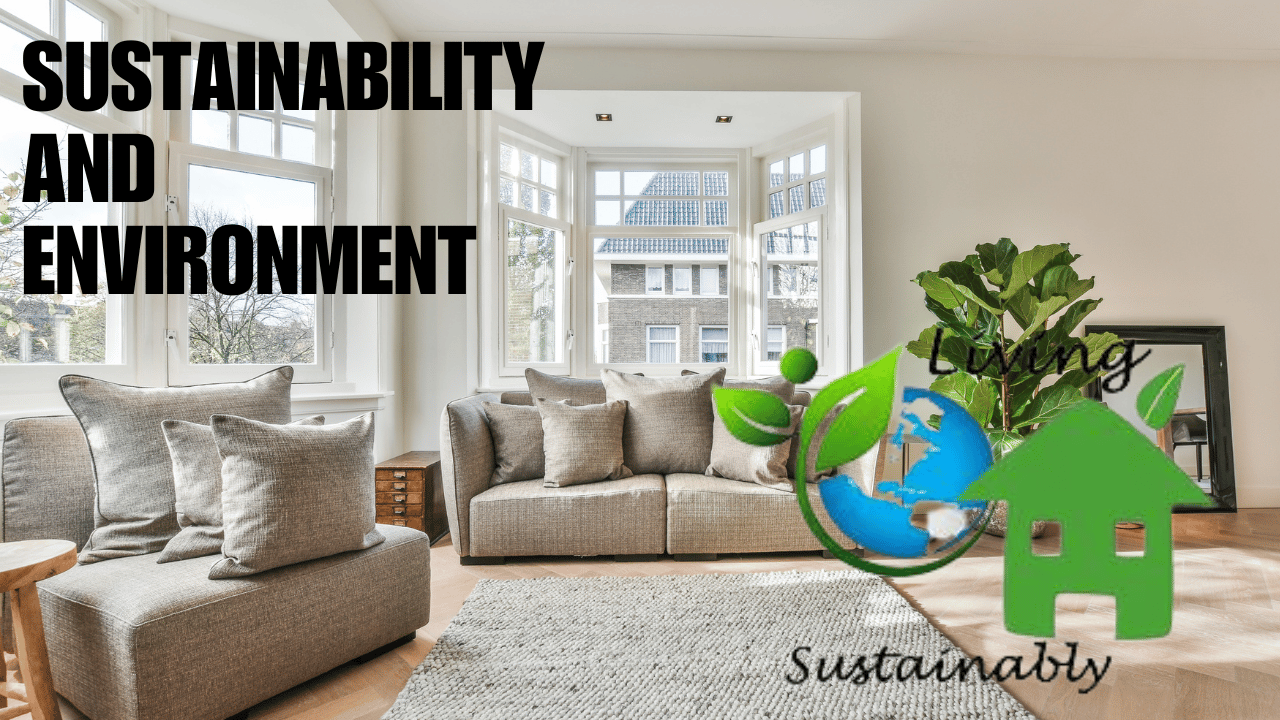
In today’s world, where climate change and environmental degradation are pressing issues, the concept of sustainable living has gained immense significance. Sustainable living refers to adopting lifestyle choices and practices that meet our needs while ensuring that future generations can also meet theirs. It emphasizes the responsible use of resources and a commitment to reducing our ecological footprint. Even small changes in our daily lives can lead to significant improvements in environmental health and sustainability. Here’s how:
1. Understanding Sustainable Living
Sustainable living encompasses a broad range of practices that aim to minimize harm to the environment. This can include everything from reducing waste and conserving energy to supporting ethical and sustainable businesses. The goal is to create a balance between human needs and the planet’s health.
2. The Power of Small Changes
While the scale of environmental issues can feel overwhelming, it’s important to remember that every small action counts. Here are some ways in which small changes can make a big difference:
- Reducing Single-Use Plastics: By opting for reusable bags, bottles, and containers, individuals can significantly decrease the amount of plastic waste generated. According to studies, reducing plastic usage can help keep oceans and wildlife healthier.
- Energy Conservation: Simple actions like turning off lights when leaving a room, using energy-efficient appliances, and unplugging devices can reduce energy consumption. This not only saves money but also decreases greenhouse gas emissions.
- Sustainable Transportation: Choosing to walk, bike, carpool, or use public transportation whenever possible can reduce carbon emissions from vehicles. Even reducing car trips by one day a week can contribute to cleaner air and a lower carbon footprint.
- Mindful Eating: Incorporating more plant-based meals into our diets and reducing food waste can have a substantial impact on resource conservation. The production of meat, for instance, is resource-intensive and contributes significantly to greenhouse gas emissions.
- Supporting Local and Sustainable Brands: When purchasing goods, supporting local businesses and those that prioritize sustainability can help create a market demand for eco-friendly products and practices.
3. Creating Awareness and Inspiring Change
Sharing the message of sustainable living is crucial for creating a larger impact. Individuals can inspire others by leading by example, sharing their sustainable practices on social media, or participating in community events focused on environmental conservation.
4. The Ripple Effect
Small changes not only have a direct impact but also create a ripple effect. When one person adopts sustainable practices, it encourages friends, family, and communities to follow suit. This collective effort can lead to significant environmental benefits, such as reduced waste, lower carbon emissions, and increased awareness of sustainability issues.
5. Conclusion
Embracing sustainable living doesn’t require monumental changes overnight. By making conscious, small choices every day, individuals can contribute to a healthier planet and a more sustainable future. Each step taken towards sustainability is a step toward preserving our environment for future generations. It is a collective journey that begins with individual actions, and together, we can make a meaningful difference.







